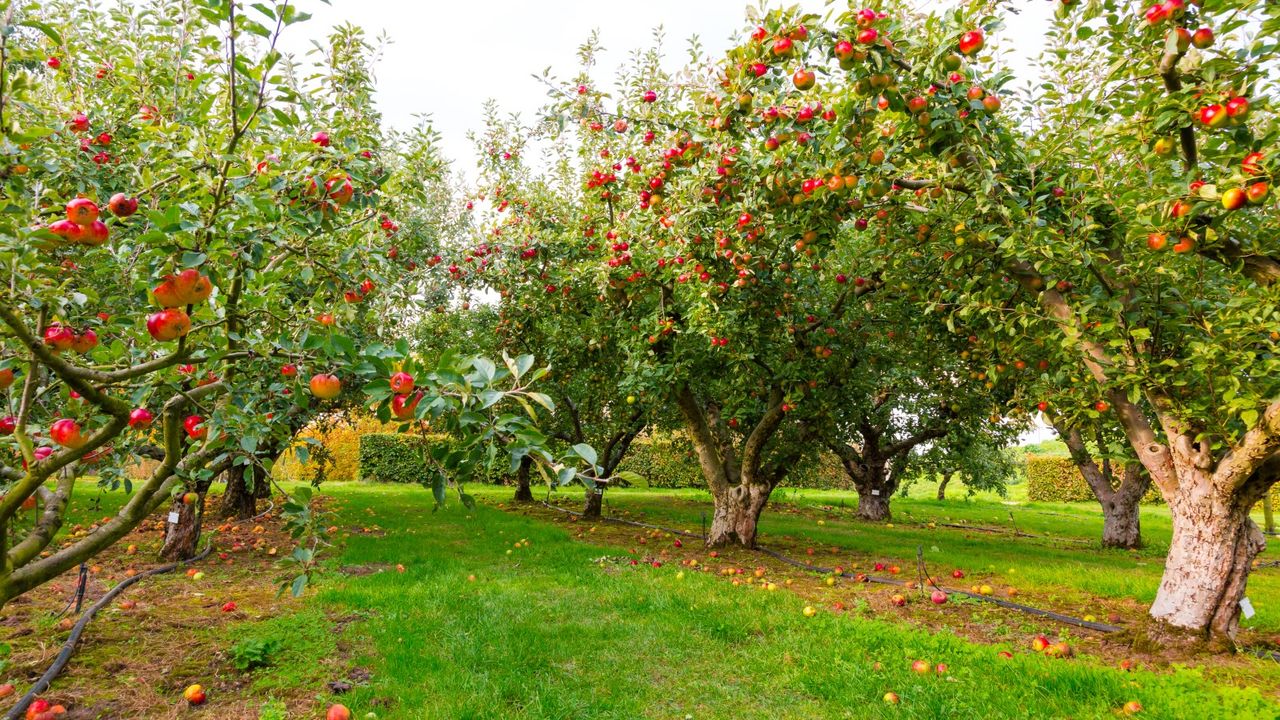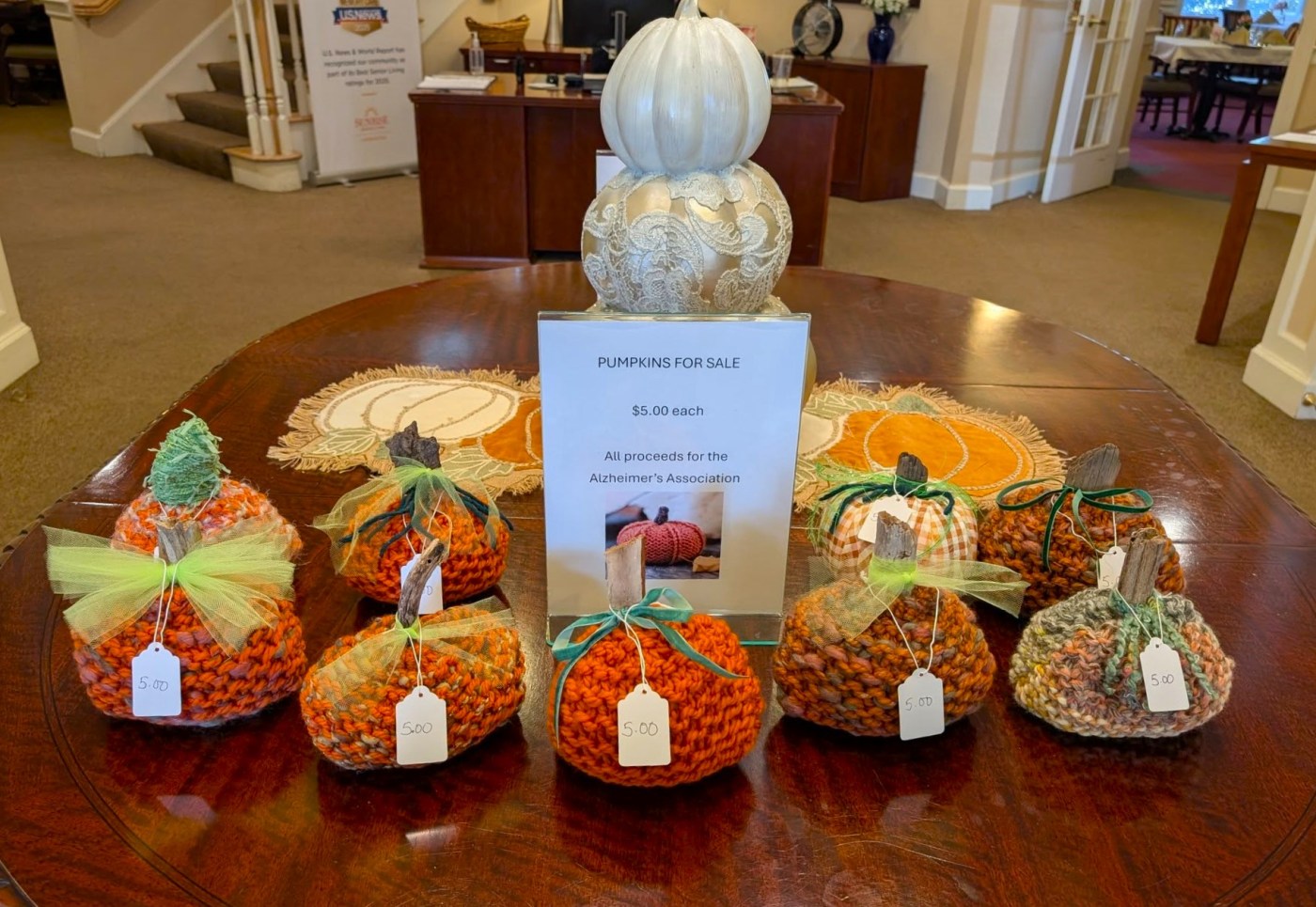The connection between personal identity and nature can be beautifully illustrated through the concept of birth month fruit trees. Each month of the year aligns with specific trees that exhibit their finest blooms or fruits during that time, making them ideal for personal gardens or thoughtful gifts. This seasonal approach to gardening not only enhances outdoor spaces but also fosters a deeper connection to nature.
January to June: The Fruits of Winter and Spring
For those born in January, the orange tree stands out. In warmer regions such as the Mediterranean and southern Florida, these trees bear vibrant fruit, ready for harvest during the winter months. It is important to note that oranges do not ripen once picked, so ensuring they are ripe is crucial. For those in colder climates, indoor orange trees can flourish but require ample sunlight and humidity.
February’s representative, the almond tree, is one of the earliest bloomers of the year. The sweet pink and white blossoms typically grace California from February to March. Planting an almond tree in the fall can help it settle in before winter, allowing it to flourish come springtime. Gift ideas for February birthdays could include almond tree seeds or almond-scented products.
As spring approaches, the plum tree takes center stage in March, adorned with lovely blossoms in white, pink, and red. These trees thrive in a variety of climates, particularly within US hardiness zones 3-8. To ensure fruitful growth, proper pruning and fertilization during the growing season are recommended.
April is synonymous with the cherry tree, celebrated for its stunning blossoms. Flowering cherry trees, particularly the Japanese varieties, are relatively easy to care for and bring a vibrant splash of color to gardens. While these trees often produce sour fruits, sweeter varieties are available for those seeking edible options.
By May, apple trees are in full bloom, boasting delicate pink and white flowers that attract pollinators. These trees are not only important for their fruit but also hold significance as the state flower in Arkansas and Michigan. For those with limited space, dwarf apple tree varieties offer a practical alternative.
June marks the arrival of the mulberry tree, which produces clusters of delicious berries. Hardy across US zones 4-10, mulberries thrive in sunny locations and can even be grown in pots, making them suitable for patios. To maintain health and encourage growth, pruning in late winter is advisable.
July to December: Summer to Winter Harvests
July is the peak time for peach trees, with their sweet, fragrant fruit ready for harvest. For those looking to grow peaches, greenhouses can provide the right environment to avoid issues like peach leaf curl.
In August, it’s time for fig trees to shine, with ripe fruit expected by late summer. Thriving in warmer climates, proper watering and fertilization are key to preventing root rot and ensuring a bountiful harvest.
September introduces the less common medlar tree, which transitions beautifully into fall. This unique fruit becomes ripe in a state that may appear overripe, offering a distinct flavor profile. Growing medlar trees can be an intriguing project for adventurous gardeners.
As autumn deepens in October, the pear tree becomes a favored choice. With its fruit ready for harvest when it lightens in color and gives slightly to the touch, pears represent a significant harvest time for many gardeners. For optimal fruiting, potassium-rich fertilizers can be beneficial.
November brings the pomegranate, recognized for its vibrant red fruits. As the harvest season arrives, gardeners can enjoy the beauty and culinary potential of these fruits. Starting pomegranates from seeds requires careful preparation, including cleaning and planting in well-draining soil.
Finally, December is often overlooked for fruit trees, but the olive tree is a fitting choice. Harvested in Mediterranean regions from late fall to early winter, olive trees can also serve as ornamental houseplants, although they typically do not fruit indoors without specific conditions.
For those interested in growing their birth month fruit trees, comprehensive guides on planting techniques and pruning practices are essential for success. Whether for personal enjoyment or as heartfelt gifts, these fruit trees not only celebrate individuality but also enrich gardens with beauty and flavor.







